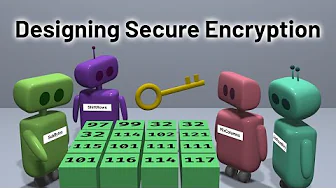Security Best Practices
Guidelines, implementation patterns, and tools for building secure software applications and protecting against common vulnerabilities form the cornerstone of modern cybersecurity practices in software development. Effective security implementation begins with a "shift-left" approach, integrating security considerations into the earliest stages of design rather than treating them as an afterthought appended to completed code. Secure coding practices emphasize input validation, output encoding, and parameterized queries to prevent injection attacks across all user-supplied data, including form fields, URL parameters, cookies, and API inputs. Authentication and authorization systems require careful implementation following current standards like OAuth 2.0 and OpenID Connect, with password storage utilizing strong adaptive hashing algorithms such as bcrypt or Argon2 rather than outdated approaches like MD5 or SHA-1. Modern application security extends beyond code to encompass the entire software supply chain, with dependency scanning tools identifying vulnerable third-party components and software composition analysis ensuring that open-source libraries don't introduce unexpected risks to production systems. Comprehensive security testing combines static application security testing (SAST) to identify code-level vulnerabilities, dynamic application security testing (DAST) to discover runtime issues, and regular penetration testing by security professionals who can identify sophisticated attack vectors that automated tools might miss.









